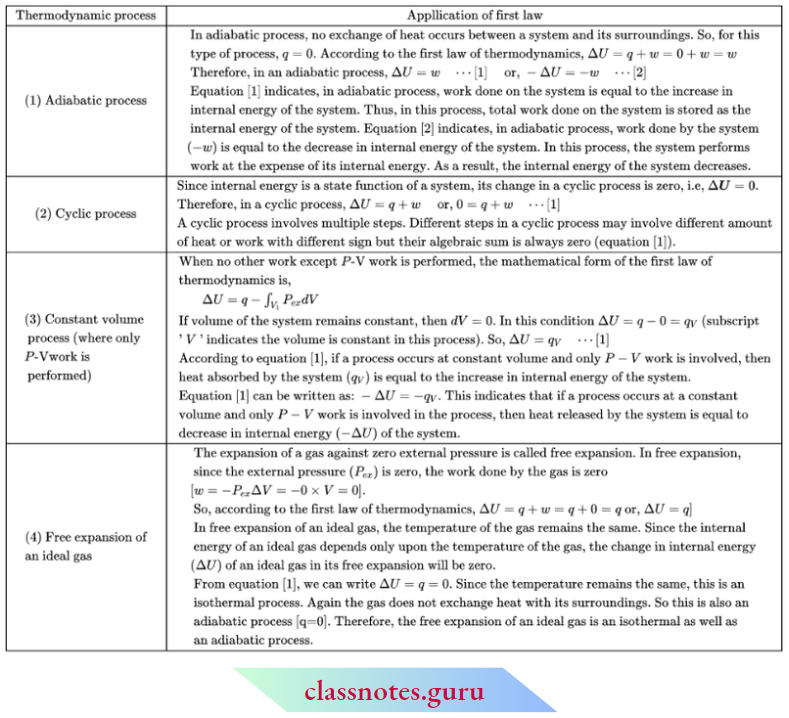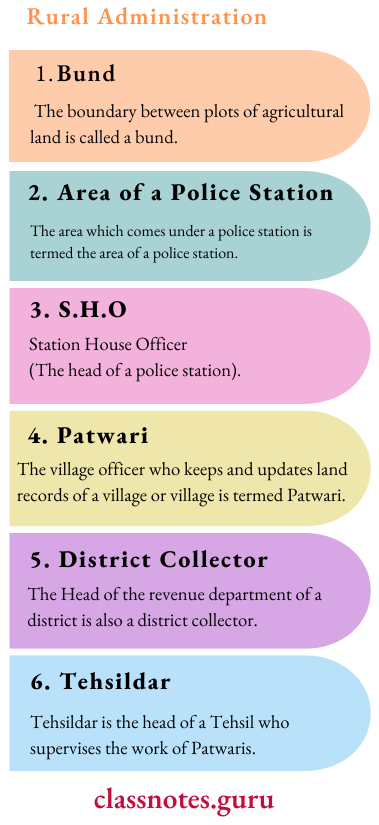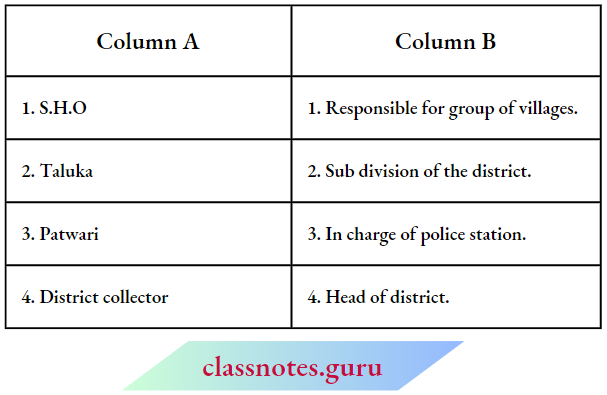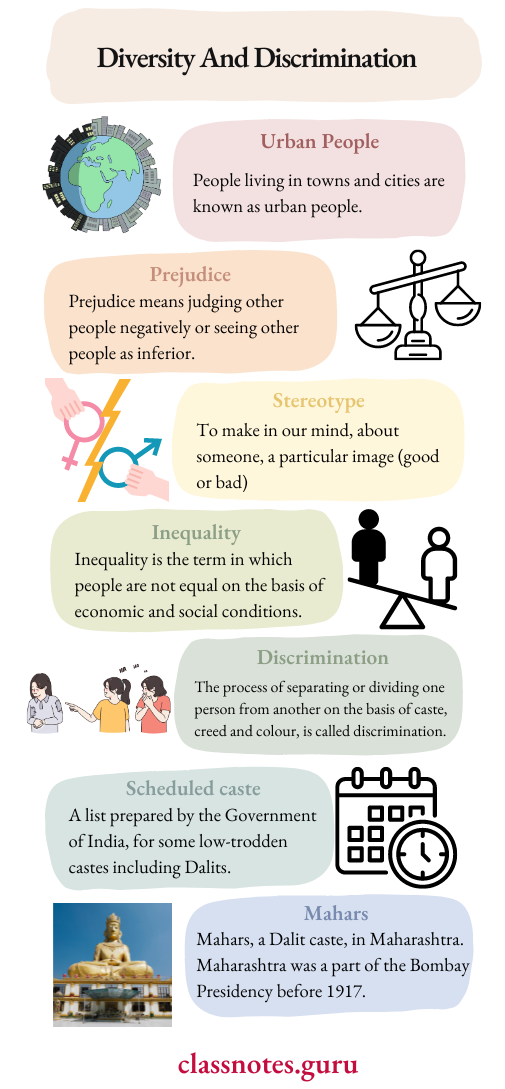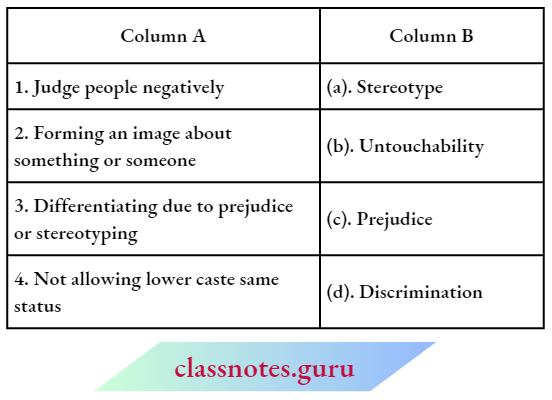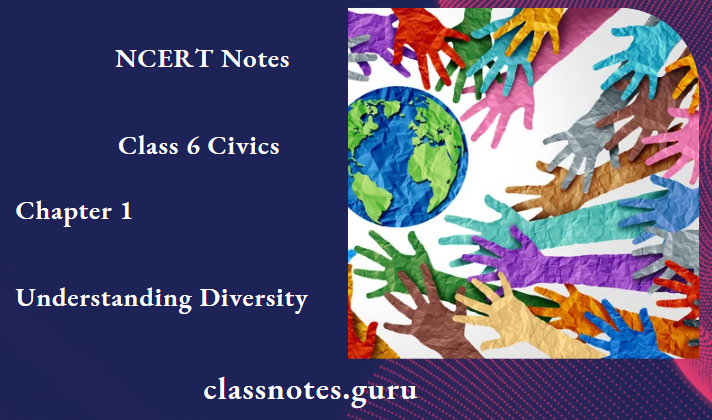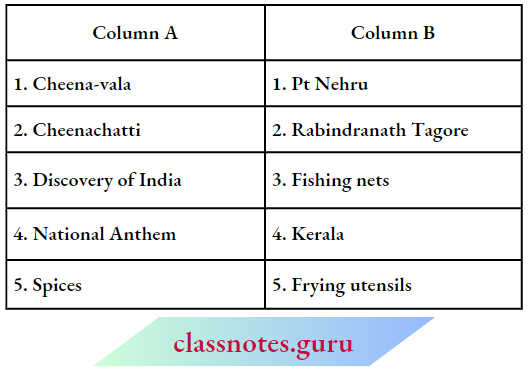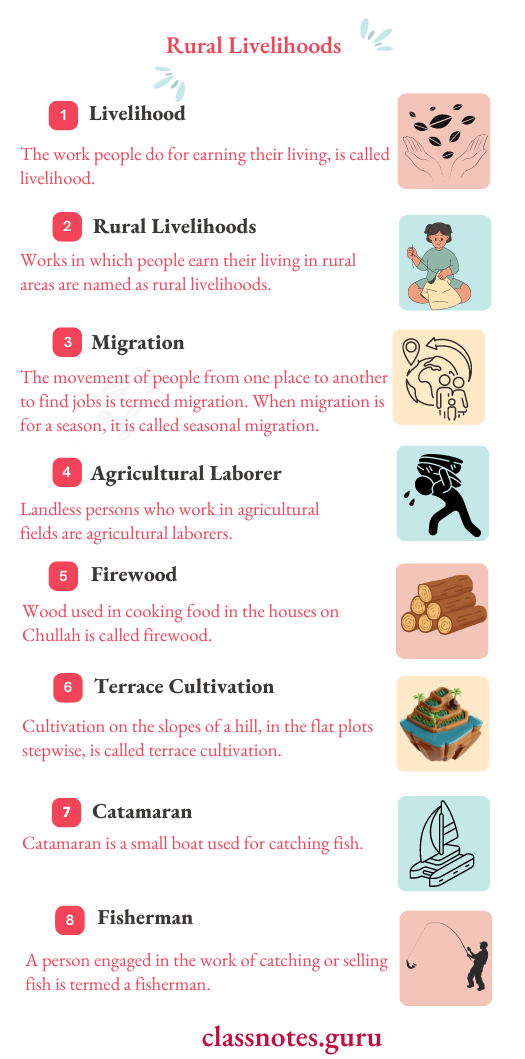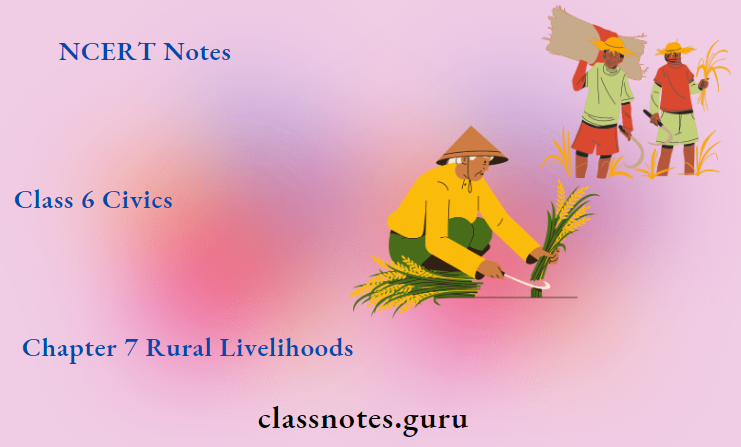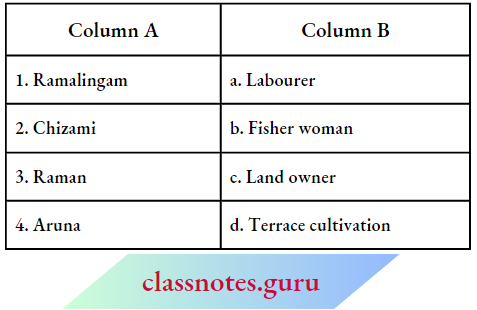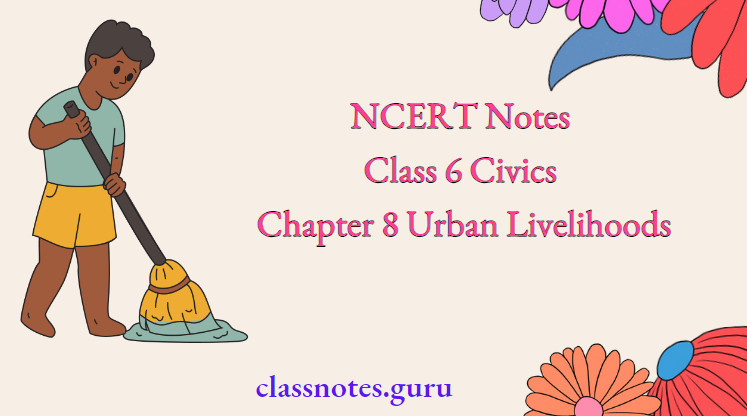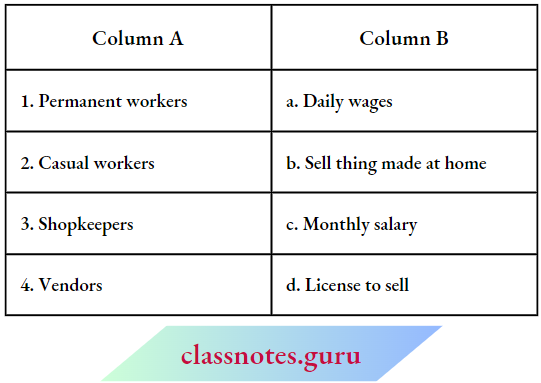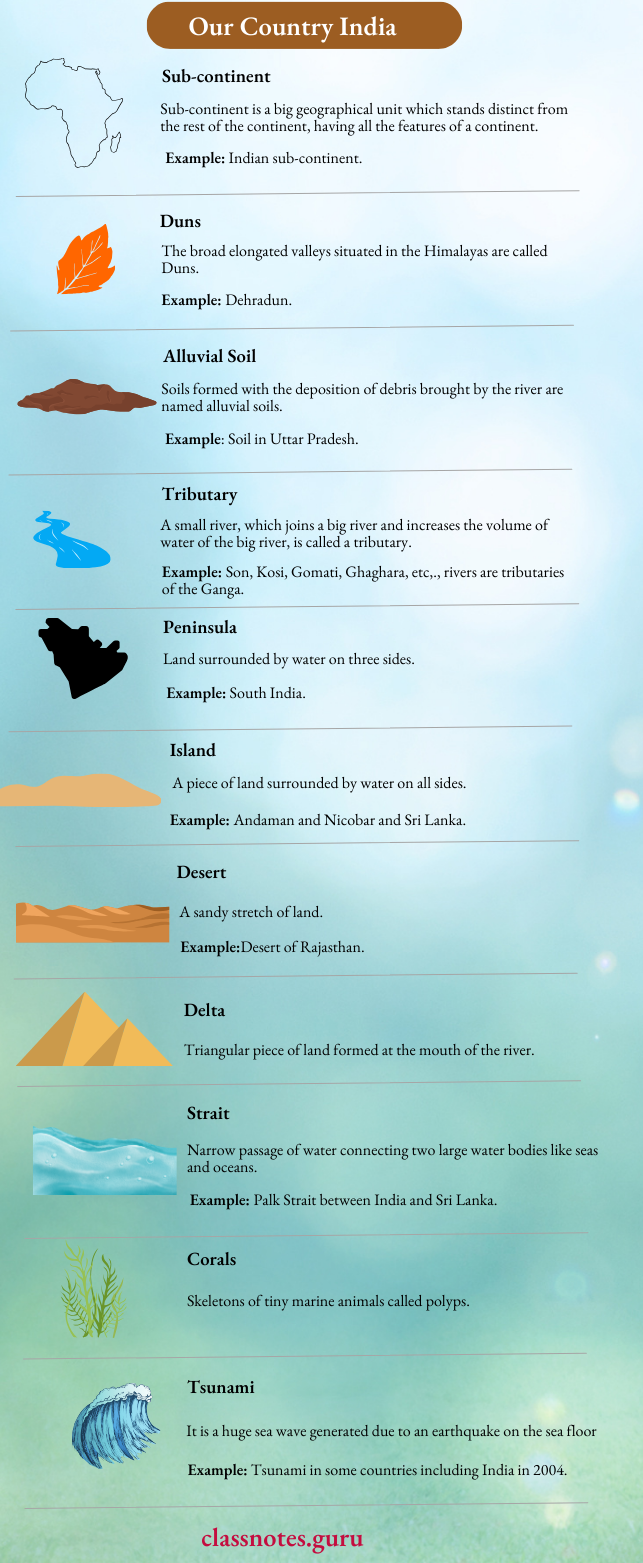Class 11 Chemistry Chemical Thermodynamics Numerical Examples
Question 1. The volume and temperature of 2mol of an ideal gas 10L & arc, respectively. The gas is allowed to expand in an isothermal reversible process to attain a final volume of 25 L. Calculate the maximum work done
Answer: We know that maximum work is obtained in a reversible isothermal expansion
Now, work done by an ideal gas in an isothermal reversible expansion, \(w=-n R T \ln \frac{V_2}{V_1}\) Given: n = 2, T = (273 + 27)=300K. V1= 10 L, V2=25L
∴ \(w=\left[-2 \times 8.314 \times 300 \ln \frac{25}{10}\right] \mathrm{J}=-4570.82 \mathrm{~J}\)
∴ The maximum work done bythe gas = 4570.82 J
Read and Learn More CBSE Class 11 Chemistry Notes
Question 2. A 3 mol sample of an ideal gas at STP expands in an isothermal reversible process to attain a final volume of 100L. Calculate the work done by the gas.
Answer: The volume of1 mol of an ideal gas at STP – 22.4 L. So, at STP the volume of 3 mol of an ideal gas =3×22.4 = 67.2 L
Now, work done by an ideal gas in an isothermal reversible expansion process, \(w=-n R T \ln \frac{V_2}{V_1}\)
Given: n = 3, T= (273 + 0) =273K, V1 = 67.2L, V2 =100L
∴ \(w=-3 \times 8.314 \times 273 \ln \frac{100}{\bar{\sigma} .2}=-2706.62 \mathrm{~J}\)
∴ Work done bythe gas = 2706.62 J.
Question 3. A 23 mol sample of an ideal gas is compressed in i reversible isothermal process from a volume of 12 to a volume of 5 L at 27°C. Calculate the work done on the gas.
Answer: In a reversible isothermal compression of an ideal gas, the work done on the gas, w \(=-n R T \ln \frac{V_2}{V_1}\left[\text { where } V_2<V_1\right]\)
Given: n = 2.5, T= (273 + 27) = 300K, V1=121., V2=5L
∴ \(w=-2.5 \times 8.314 \times 300 \ln \frac{5}{12}=5458.98 \mathrm{~J}\)
∴ Work done on the gas = 5458.98J.
Class 11 Chemistry Exemplar Solutions Chemical Thermodynamics
Question 4. A gas is compressed by an external pressure of atm. The work done in the process is 1034 J. How much volume of the gas is reduced?
Answer: Workdone on the gas due to compression
⇒ \(w=-P_{e x} \Delta V=-P_{e x}\left(V_2-V_1\right)=P_{e x}\left(V_1-V_2\right)\)
Where Pex = external pressure; V1 and V2 are the initial and final volumes ofthe gas respectively.
As per the given data, \(w=1034 \mathrm{~J}=\frac{1034}{101.3}=10.2073 \mathrm{~L} \cdot \mathrm{atm}\)
and Pex = 5 atm ∴ 1 L-atm = 101.3 J
∴ 10.2073 = 5 X ( V1- V2)
∴ V1-V2 = 2.04 L
∴ The decrease in volume of the gas = 2.04l.
Question 5. Work done by 3 mol of an ideal gas in an isothermal reversible expansion at 30°C is 9.5 kJ. If the initial volume of the gas is 20 L, then what will be the final volume of the gas?
Answer: Work done by an ideal gas in an isothermal reversible expansion \(w=-n R T \ln \frac{V_2}{V_1}\) As per given data, n vi = (273 + 30)K = 303K and w = -9.5 kj = -9500 J. Initial volume ofthe gas, V1 = 20 L; Finalvoiume, V2=?
∴ \(-9500=-3 \times 8.314 \times 303 \ln \frac{V_2}{20} \text { or, } V_2=70.3 \mathrm{~L}\)
∴ After expansion, the final volume ofthe gas = 703 L.
Question 6. The pressure of 3 mol of an ideal gas is 10 atm at 27°C. Calculate work done by the gas when it is expanded isothermally against an external pressure of1 atm
Answer: As per the given data, the initial pressure of the gas, P1= 10 atm, and the gas is expanded against an external pressure of 1 atm. Therefore, the final pressure, P2 = 1 atm. Since the external pressure is very much Jess than the initial pressure, the gas will expand irreversibly and after expansion, the pressure of the gas will be equal to the external pressure i.e., 1 atm. In an isothermal irreversible expansion
⇒ \(w=-n R T\left(1-\frac{P_2}{P_1}\right)\)
Here, n = 3, T = (273 + 27)K = 300K
∴ \(w=-3 \times 8.314 \times 300\left(1-\frac{1}{10}\right)=-6734.34 \mathrm{~J}\)
Therefore, work done by the gas in this isothermal irreversible expansion = 6734.34 J.
Question 7. The pressure of 6 mol N2 gas kept in a cylinder is 30 atm at 30°C. Suddenly the gas comes out of the cylinder due to leakage. If the atmospheric pressure and temperature are 1 atm and 30°C, then calculate the work done by the gas. Assume that the gas behaves ideally.
Answer: The atmospheric pressure (1 atm) is very much less than the initial pressure of the gas in the cylinder (30 atm) and the temperature of the gas is the same as the atmospheric temperature. So, the gas will expand isothermally and irreversibly against an external pressure of1 atm.
In an isothermal irreversible expansion, \(w=-n R T\left(1-\frac{P_2}{P_1}\right)\)
As per given data, P1 = 30 atm, P2 = 1 atm, n = 6 and T = (273 + 30) = 303K
∴ \(w=-6 \times 8.314 \times 303\left(1-\frac{1}{30}\right)=-14611.02 \mathrm{~J} .\)
Chemical Thermodynamics Class 11 Exemplar Solutions
Question 8. A 5 mol sample of an ideal gas is compressed isothermally and irreversibly from 1.5 atm to 15 atm at 27 °C. Calculate the work done on the gas in the calorie unit.
Answer: Work done in an isothermal irreversible expansion, \(w=-n R T\left(1-\frac{P_2}{P_1}\right)\)
As per given data, n = 5 , Px = ,1.5atm, P2 = 15 atm, T = (273 + 27)K = 300K
∴ \(w=-5 \times 1.987 \times 300 \times\left(1-\frac{15}{1.5}\right)=26824.5 \mathrm{cal}\)
∴ The work done on the gas = 26.82 kcal.
Question 9. What amount of work is done if an ideal gas expands from 10L to 20L at 2 atm pressure?
Answer: We know, w = -Pex(V2-v1).
Given: Pex = 2 atm, = 10 L and V2 = 20 L
∴ w = -2(20-10) L-atm= -20 L-atm
=-20 x 101.3J = -2026J
since 1 L-atm = 1013 J
A negative value of w indicates work is done by the gas (system). Therefore, the magnitude of work done by the gas (system) = 2026 J.
Question 10. What amount of work is done if an ideal gas is compressed from 0.5 to 0.25L under 0.1 atm pressure?
Answer: We know, w = —Pex(.V2 — Y{) [In case of compression V2<V1]
Given: Pgx = 0.1 atm, V1 = 0.5 L and V2 = 0.25
∴ w =-0.1(0.25- 0.5) = 0.025 L-atm
= 0.025 X 101.3J = 2.53 J
Therefore, work done on the gas = 2.53 J
Question 11. Calculate the work done when 1 mol of water vaporizes at 100°C and atm pressure. Assume water vapor behaves like an ideal gas
Answer: 1 mol water,100C , 1 atm – 1 mol water vapour 100C, 1 atm
Pex = external pressure = 1 atm, V1 and V2 are volumes of1 mol of water and 1 mol of water vapor, respectively. The volume of1 mol of water vapor is very much greater than that of1 mol water. Thus, (V2-V1) and it makes(V2– V1) = V2.
∴ Work done, w = -PexV2
If water vapour behaves like an ideal gas, then PexV2 = PT amount of water vapour = 1 mol
∴ w = -PexV2 = -RT
Here, T = (273 + 100)K = 373K
W = -RT = -8.314 X 373 = -3101.12
Therefore, the amount of work done by the system = 3101.12 J.
CBSE Exemplar Class 11 Chemistry Chemical Thermodynamics Solutions
Question 12. ron reacts with dilute HCI quantitatively to form \(\mathrm{Fe}(s)+2 \mathrm{HCl}(a q) \rightarrow \mathrm{FeCl}_2(a q)+\mathrm{H}_2(g)\) 56g of iron is allowed to react completely with dil HCI at 25 °C. If this reaction is carried out separately in a closed container of fixed volume and an open breaker, then calculate the work done in each case. Assume If2 gas behaves like an ideal gas.
Answer: Work done, w \(-P_{e x} \Delta \mathrm{V}=-P_{e x}\left(V_2-V_1\right)\)
Pex – Constant external pressure, V1 and V2 are the initial and final volumes, respectively.
When the reaction occurs in a closed container of fixed volume, the change in volume of the system, AV = 0, hence w = 0.
In this case, the volume of the system increases against atmospheric pressure due to the formation of hydrogen gas in the reaction.
⇒ \(\begin{aligned}
& \text { So, } w=-P_{e x} \Delta V=-P_{e x} V_{\mathrm{H}_2}=-n_{\mathrm{H}_2} R T \\
& \text { Reaction: } \mathrm{Fe}(s)+2 \mathrm{HCl}(a q) \rightarrow \mathrm{FeCl}_2(a q)+\mathrm{H}_2(g) \\
& 56 \mathrm{~g}(1 \mathrm{~mol}) \quad 1 \mathrm{~mol}
\end{aligned}\)
∴ nH2 = 1. Given: T = (273 + 25) = 298K
∴ w = -1 X RT = -8.314 x 298 = -2.477 kj
Therefore, work done by the system = 2.477 kj.



